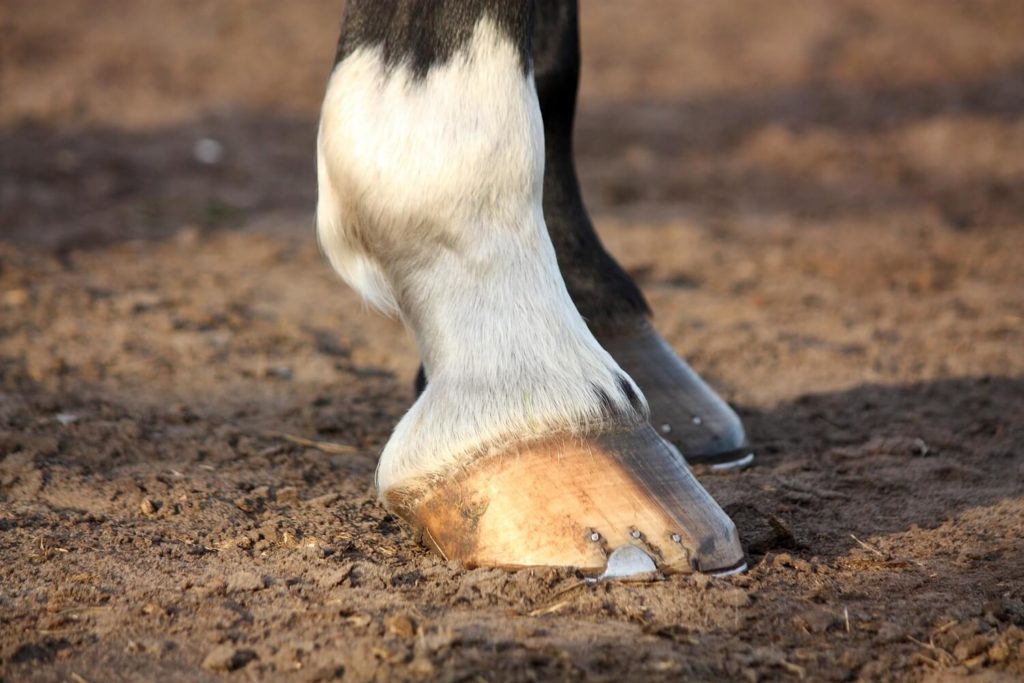
Do Bisphosphonates Damage Horses’ Joint Cartilage?
Researchers studied the effects of clodronate disodium on normal and inflamed equine cartilage in laboratory samples.
Prevention, diagnosis, and treatment of leg lameness

Researchers studied the effects of clodronate disodium on normal and inflamed equine cartilage in laboratory samples.

Researchers found an inverse relationship between length of paddock turnout and risk of soft tissue injuries in nonelite horses.

Computed tomography (CT) and magnetic resonance imaging (MRI) are two diagnostic imaging methods veterinarians can use to capture images of structures within your horse’s body. Learn more in this visual guide!

The UC Davis standing equine PET scanner provides imaging at the molecular level to monitor racehorse health and guide training and medical care.

Here’s a look at some common misconceptions about PPID and the truth behind them.

Researchers recently confirmed that a new drug test can detect the bisphosphonate tiludronate disodium (Tildren) in horses up to three years after they received the medication.

Aged horses require the same, if not higher, level of care as their younger counterparts. Learn about the unique needs of old horses, and meet five over-30 horses with age-related ailments.

Researchers found that horses 25 years and older are more likely to suffer chronic laminitis even if they aren’t showing obvious clinical signs of disease.

What prevention steps can I take for my horse’s rear leg swelling after exercise?

Researchers at Oregon State University looked at 14 case studies involving lameness related to muscle tears. Here’s what they found.

Thirty-six out of 38 racehorses with subchondral bone cysts, mainly in the stifle, became sound within months of having a newly designed prosthesis implanted into their cysts.

How would you react if your horse stepped on a nail? One practitioner outlines the steps you should take.

Horses waking up from general anesthesia can injure themselves trying to stand. But those receiving epidural opioids beforehand generally make fewer efforts to stand and do so more calmly.

Researchers found significantly lower levels of inflammation in synovial fluid and the joint lining in joints treated with bone-marrow-derived mononuclear cells.

Veterinarians sought to determine whether phosphorylated neurofilament heavy (pNfH), a protein unique to neurons, could be used to diagnose CVCM, eNAD/EDM, and shivers.

Researchers investigated how the novel surgical technique improved lameness and radiographic appearance in subchondral cystic lesions of the medial femoral condyle.
Stay on top of the most recent Horse Health news with
"*" indicates required fields